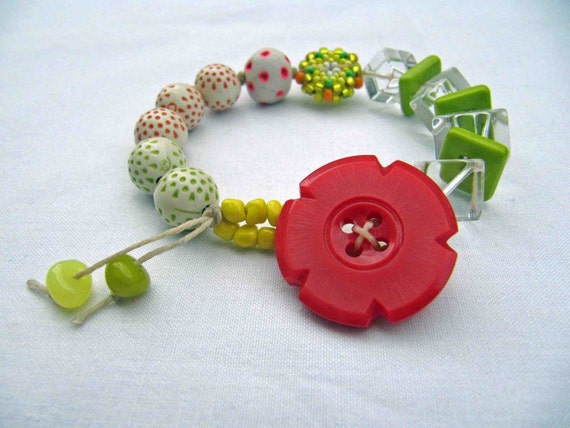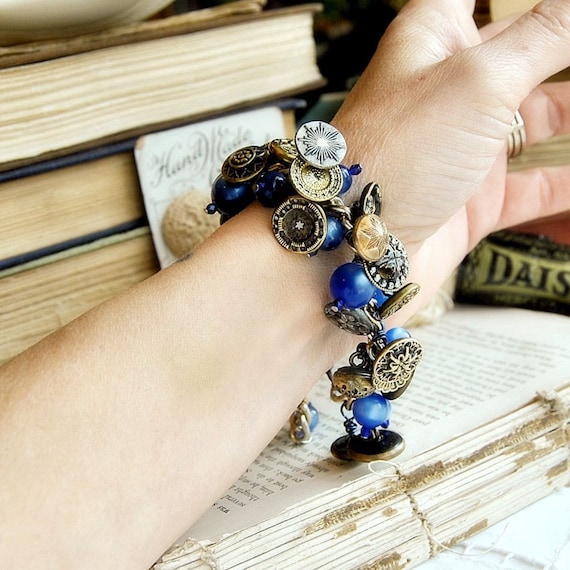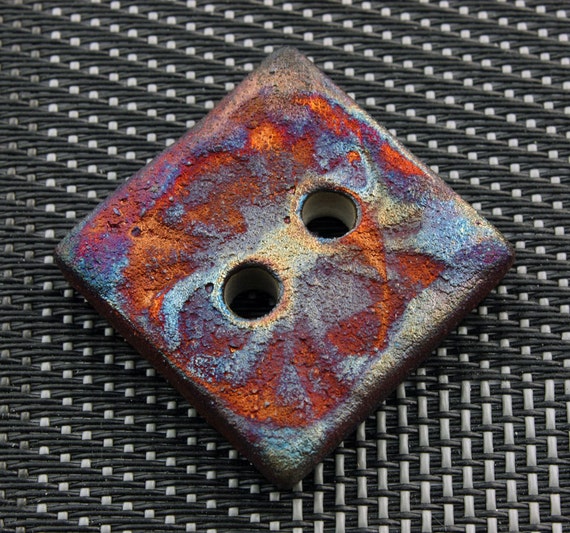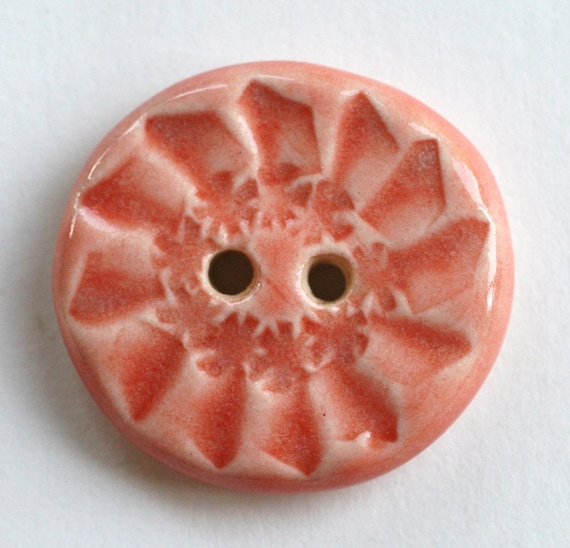Last summer (which feels like FOREVER ago!) my family spent about three weeks traveling in western European countries. Our first stop was London, where we spent nearly a week.
 |
| We spent a lovely rainy afternoon, including tea, in the company of 2 of the 3 of the British members of the team. From left: Lesley, Caroline, myself, my son Ethan, daughter Chloe. Not pictured is my husband, who is playing photographer. |
We made a list before we left home of "must do," and "would like to do if there's time." The British Museum was at the top of the must do list. This was our third trip there, and we had never managed to make time for it before.
I was super excited about seeing all the ancient Egyptian art and artifacts. There are SO MANY, it does get overwhelming after a while and I noticed I was getting sort of zombie-like by the end. However, ancient Egypt flowed into Assyrian art and I woke right back up. Previous to this, I do not recall ever being exposed to ancient Assyrian art. It's so detailed and textural.
| Protective Spirit, Assyrian, about 865-860 BCE From Nimrud, North-West Palace, Room G, door e, panel , British Museum |
Always on the lookout for a potential blog post, I noticed all the important people; gods, goddesses, and kings, were wearing bracelets or armbands with a flower motif focal.
 |
| Protective Spirit, Assyrian, about 865-860 BCE, From Nimrud, North-West Palace, Room S, door c  |
 |
| King Ashurnasirpal, flanked by eagle-headed protective spirits. Assyrian, about 865-860 BC From Nimrud, North-West Palace, Room F, panels 3-4 British Museum |
 |
| Pair of female protective spirits with Sacred Tree Assyrian, about 865-860 BCE From Nimrud, North-West Palace Room I, panel 16 British Musem |
 |
| Symbolic scene, Assyrian, about 865-860 BCE From Nimrud, North-West Palace, Room B, panel 23 British Museum |
 |
| View of an ancient Assyrian room at the British Museum |
However, when we wandered to a room filled with panels that told the story of a great victory in battle, that is where it got really interesting. Because I noticed piles of heads laying in front of the man who was obviously the ruler. And the ruler is rewarding the person who brought him enemy heads with a bracelet. Unfortunately it's a little difficult to see the detail in the photos, but in the next two photos, the pile of heads is bottom center. The photos are clickable, so hopefully you can see the detail better if you click on them.
 |
| Campaigning in Southern Iraq Assyrian, about 640-620 BCE, From Ninevah, South-West Palace, Room XXVIII, panels 7-9 British Museum |
 |
| Campaigning in Southern Iraq Assyrian, about 640-620 BCE, From Ninevah, South-West Palace, Court XIX, panels 10-12 British Museum |
It's all very gruesome. It also shares important information about their values and culture. The bracelet is an important status symbol. It indicates power, godliness, and apparently it also shows one to be a great warrior and head-taker. I kept thinking of it as the "bracelets for heads" program. I did find an article related specifically to Assyrian war heroes if you are interested in learning more. Rewards for a job well done extends beyond bracelets, but are not as easily depicted in art.
The British Museum and Google's Cultural Institute have collaborated to bring a virtual tour of some of the exhibits to the web. While visiting in person would be best (because LONDON!), if you can't make it, this is a great way to see some of what the museum offers without the annoying crowds with their cameras and having to pose with every single object they look at.










































